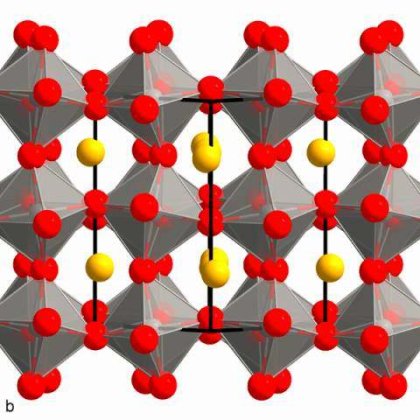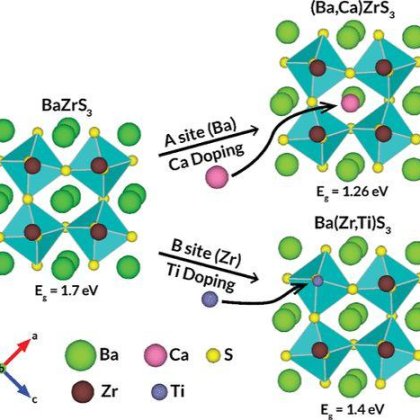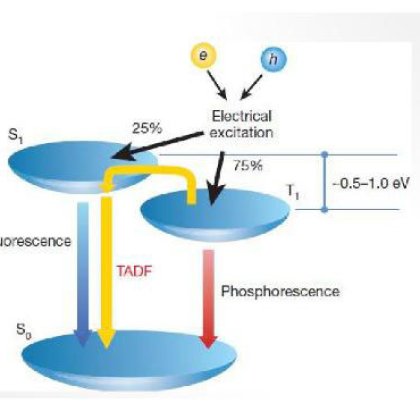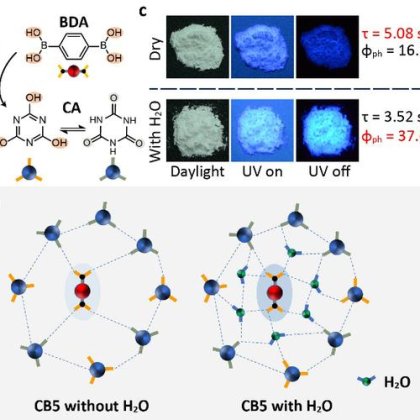Cesium lead bromine iodine
Purity: ≥99.0%
Synonyms: CsPbBrI2 Perovskite
CAS number: 2770272-69-8
Molecular formula: BrCsI2Pb
Molecular weight: 673.82
High-Efficiency Carbon-based CsPbI2Br Perovskite Solar Cells from Dual Direction Thermal Diffusion Treatment with Cadmium Halides
Abstract
In recent years, carbon-based CsPbI2Br perovskite solar cells (PSCs) have attracted more attention due to their low cost and good stability. However, the power conversion efficiency (PCE) of carbon-based CsPbI2Br PSCs is still no more than 16%, because of the defects in CsPbI2Br or at the interface with the electron transport layer (ETL), as well as the energy level mismatch, which lead to the loss of energy, thus limiting PCE values. Herein, a series of cadmium halides are introduced, including CdCl2, CdBr2 and CdI2 for dual direction thermal diffusion treatment. Some Cd2+ ions thermally diffuse downward to passivate the defects inside or on the surface of SnO2 ETL. Meanwhile, the energy level structure of SnO2 ETL is adjusted, which is in favor of the transfer of electron carriers and blocking holes. On the other hand, part of Cd2+ and Cl− ions thermally diffuse upward into the CsPbI2Br lattice to passivate crystal defects. Through dual direction thermal diffusion treatment by CdCl2, CdI2 and CdBr2, the performance of devices has been significantly improved, and their PCE has been increased from 13.01% of the original device to 14.47%, 14.31%, and 13.46%, respectively. According to existing reports, 14.47% is one of the highest PCE of carbon-based CsPbI2Br PSCs with SnO2 ETLs.
In-depth understanding the temperature-dependent reversible phase transition in CsPbI3−xBrx perovskites and its associated photophysical properties
Yuan, Songyang; Deng, Jiahuan; Xiong, Hui; Wu, Wenwen; Ma, Zhipeng; Wang, Mengqi; Li, Wenzhe; Fan, Jiandong [Journal of Materials Chemistry A, 2023, vol. 11, # 36, p. 19685 - 19695]
Abstract
Although all-inorganic CsPbI3−xBrx (0 ≤ x ≤ 3) perovskites largely display potential for photoelectric applications, an in-depth understanding of the origin of the phase transition and its associated photophysical properties is still lacking. Herein, we develop an in situ characterization technique that allows us to synchronously observe the crystallographic microstructure information in reciprocal space and the temperature-dependent phase transition process (α → β → γ → δ) on an atomic scale. A temperature-composition phase diagram for CsPbI3−xBrx perovskite is elaborately established with a curve T = −72.2x + 322.3 (0 ≤ x ≤ 2.5). Likewise, the phase-transition-associated octahedral tilting in CsPbI3−xBrx is theoretically proved to be closely related to the strong noncovalent interaction between two adjacent halide Br/I atoms in CsPbI3−xBrx perovskites through density functional theory (DFT) calculations. While the temperature-dependent phase transition occurs, we find that the diversification of carrier mobility and LD (carrier diffusion length) are significantly influenced by both the carrier-phonon coupling and the efficient transport of excitons. This study has its roots in a completely new crystallographic domain that could further advance our knowledge of perovskite phase transition and thereby provide an innovative foundation for closely related applications, including solar cells and other optoelectronic devices.
| Characteristic 1 | I |
| Characteristic 2 | CS |













